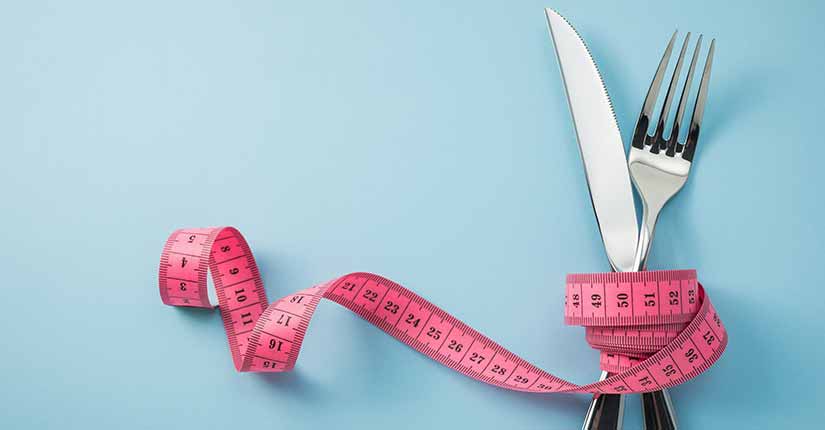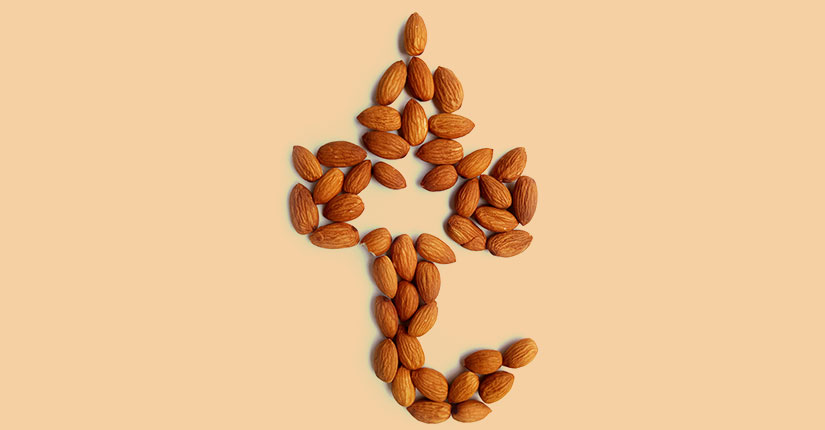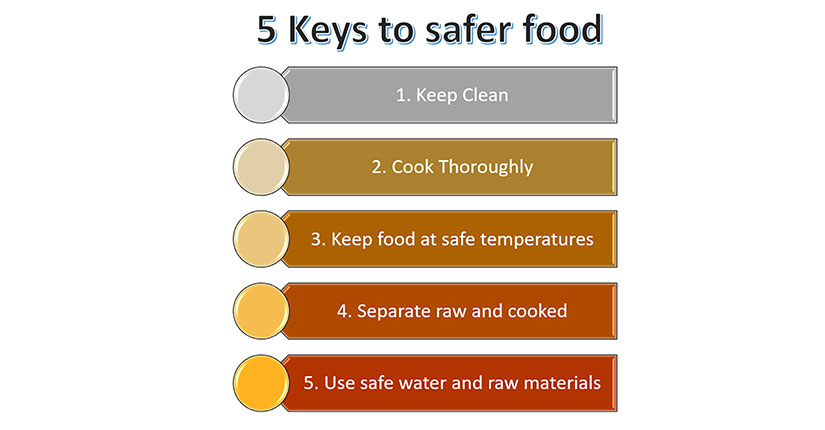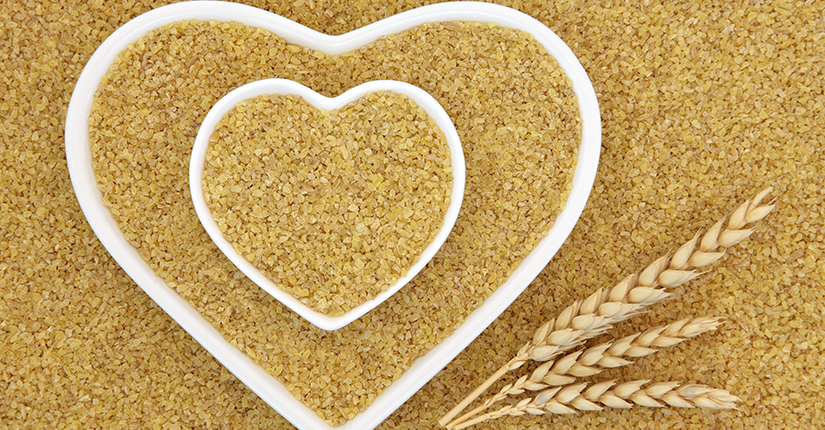OMAD diet and its Health Risks
By Manshi Arora 09-Feb 2020 Reading Time: 5 Mins

Many people are choosing to take back their health through fasting. Fasting is super popular, and rightly so—it can truly work.
OMAD diet is one of the several fasting regimens and it is termed as one meal a day fasting. This particular type of fasting is gaining a lot of attention for its fundamental nature. OMAD is often looked upon as a weight-loss plan, and also as a form of anarchic eating.
What is OMAD?
You would have probably heard of intermittent fasting. The OMAD diet takes intermittent fasting to an extreme level. It does that by utilizing the 23:1 type of intermittent fasting i.e. fasting for 23 hours a day and consuming calories in a 1-2 hour window. The entire calorie intake for the whole day has to be squeezed in this short eating window. The rest of the day has to be spent fasting.
Doesn’t this sound limiting? Why would anyone want to limit their daily food intake to such a short window? Aren’t there other better, less restrictive ways to fast?
Some rules of the OMAD Diet
· For beginners, you should consume your one meal in the same four-hour time shift every day, so that you eat on a regular schedule.
· You can drink beverages during the 23-hour fast but they have to be calorie-free, like black coffee or water.
· The one meal has to be consumed on a standard dinner plate—nothing larger. Also, no piling on heaping amounts of food. Anything you choose to eat cannot rise more than three inches on your plate. That’s the thing about OMAD: You don’t need to consider the type of food or worry about the accurate nutritional value of the food you eat, as long as you are eating only one meal and saving all of your calories for that one period of time. So if you are someone who doesn’t like to track calorie intake, OMAD has appeal.
Effects of OMAD Diet on health
· The weight loss and health benefits that take place due to the OMAD diet are short-lived. The drawbacks of not eating for 23 hours are obvious like serious hunger pangs, lack of energy, fatigue, and irrepressible cravings.
· When you fast for so long, you end up choosing the wrong foods when it is time to eat, like fried chips and other junk foods. Though you can choose to eat anything, these low-nutrition and high-fat foods can leave you with an upset stomach and mood swings.
· Moreover, it is difficult to get enough of the nutrients needed by your body each day. Not meeting the daily recommended allowances of nutrients will make the body deficient in several nutrients and hinder body processes. Supplementation of vitamins and minerals might be helpful. Though, it would still not meet the need for macronutrients.
· Achieving calorie deficit will most probably promote muscle loss as the body will turn to muscle for energy. Therefore, athletes or individuals looking for muscle gain should not try to follow this diet.
· People with Type 1 Diabetes may face additional risks as they need to eat regular meals with controlled portion sizes to maintain blood sugar levels.
· Evidence from studies also shows that eating one meal a day can negatively affect the genes responsible for regulating the body-clock and sleep-wake cycles.
Over to you
Although the OMAD diet is gaining popularity in terms of weight loss, it may also be associated with some risks. There is little scientific evidence to support the OMAD diet. Those looking for weight loss can start with small, sustainable changes in their diet and lifestyle.

















